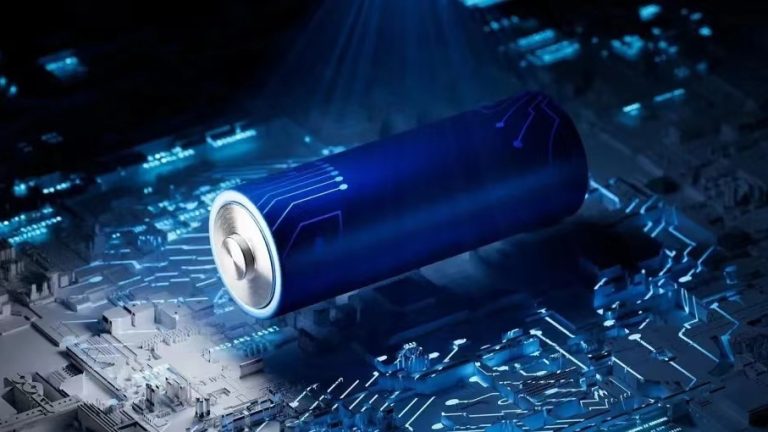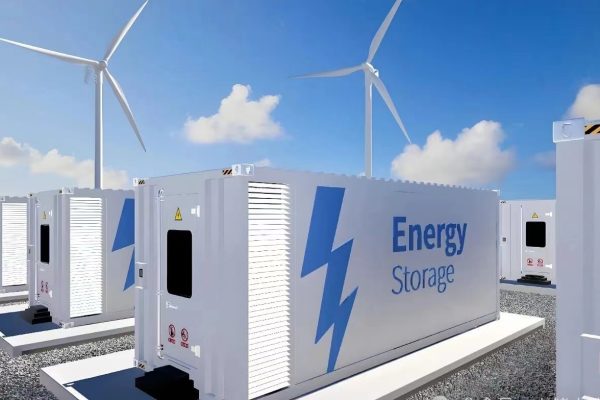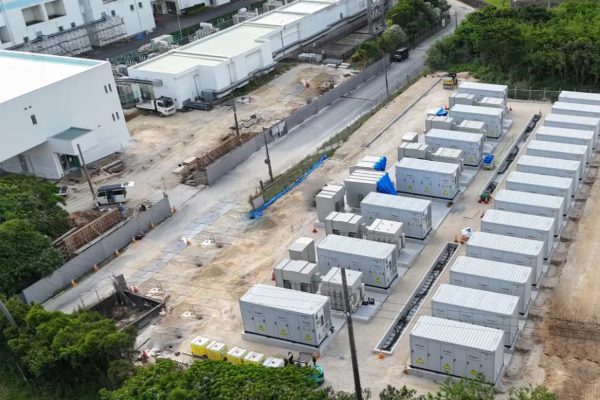What Installers and Buyers Must Know Before Deploying Lithium Systems
Introduction: Why Fire Safety Is a Growing Concern
As lithium-ion batteries become a core part of commercial and industrial (C&I) energy systems, fire safety has become a top priority — for insurers, regulators, installers, and buyers alike.
Incidents involving thermal runaway in large-scale battery installations have triggered new questions:
- What design measures reduce fire risk?
- What regulations apply to small vs. large systems?
- How can we avoid costly retrofits or denied permits?
Whether you’re installing a 50kWh backup system for a cold storage warehouse or a 500kWh peak-shaving system for a factory, understanding fire safety and compliance is essential — not just for legal approval, but for brand trust and system longevity.
1. Fire Risks in Lithium Battery Installations
All lithium chemistries are not equal in terms of risk, but thermal runaway remains the key concern.
⚠️ Main Triggers:
- Overcharging due to faulty inverter or BMS
- Internal short circuits from manufacturing defects
- External heat or poor ventilation
- Physical damage during installation
- Lack of cell balancing leading to cell degradation
When thermal runaway begins, it causes rapid heating, gas venting, and in some cases, fire or explosion — especially in dense, confined battery rooms.
2. Why C&I Systems Require Stricter Planning
Unlike residential batteries:
- Commercial systems involve more modules, more wiring, and more current.
- They’re often installed indoors, near people, equipment, or goods.
- They are subject to inspection, permitting, and insurance approval.
This makes proactive fire prevention and regulatory alignment non-negotiable.
3. Key International Safety Standards
When sourcing or installing commercial storage systems, your setup may need to comply with:
| Standard | Region / Relevance |
|---|---|
| UL 9540 | US – Safety of ESS as a whole |
| UL 9540A | US – Fire propagation test for lithium ESS |
| NFPA 855 | US – Installation requirements |
| IEC 62619 | Global – Safety of battery cells/modules |
| IEC 62933-5-1 | Global – Safety for grid-connected ESS |
| UN 38.3 | Transport safety test for lithium batteries |
For example, UL 9540A testing simulates thermal runaway in a full battery cabinet and evaluates whether the fire spreads — essential for fire department approval in many U.S. cities.
4. Real-World Safety Design Principles
Even in systems below 100kWh, design matters. Here’s what safety-conscious integrators and buyers look for:
🔒 1. Battery Chemistry
- LFP (LiFePO₄) is thermally more stable than NMC — lower energy density, but higher fire safety
- For indoor projects near people or valuables, LFP is often the safer choice
🌬️ 2. Ventilation and Thermal Control
- Include active/passive ventilation or even HVAC in larger battery rooms
- Batteries must remain within safe operating temperature (typically 0–45°C)
- Fire-rated enclosures or separation walls help isolate thermal incidents
🔥 3. Fire Detection and Suppression
- Smoke/gas sensors for early detection (especially H₂, CO, VOCs)
- Local suppression systems: aerosol units, clean agent gas, or sprinklers
- Be sure your cabinet or rack allows suppression agent to reach all cells
🔌 4. Wiring and Protection
- Oversized, fused DC cables to reduce arcing risk
- Insulated terminals and busbars
- Battery disconnect switches clearly marked and externally accessible
🧠 5. Intelligent BMS and Monitoring
- Individual cell monitoring with fast cut-off response
- Real-time alerting via SMS or cloud platform
- Remote shutdown capability
5. Common Regulatory Questions (and Answers)
Q: Is permitting required for systems under 100kWh?
✅ In many regions, yes — especially if installed indoors. Always check with the local AHJ (Authority Having Jurisdiction).
Q: Do lithium batteries need fire suppression by law?
✅ In indoor settings, often yes. Fire departments may require suppression or rated enclosures regardless of battery size.
Q: What if the battery is “certified safe”?
✅ Even certified systems may require UL 9540A test data, fire modeling, or fire-rated separation distance.
6. Selecting the Right Equipment: Key Questions to Ask
When sourcing storage solutions for C&I projects, ask vendors:
- 📄 “Is the battery UL9540 or IEC 62619 certified?”
- 🔬 “Do you have UL9540A thermal runaway test results?”
- 🧯 “Does the enclosure integrate fire suppression?”
- 🔌 “Is there overcurrent protection inside the cabinet?”
- 📶 “Can the BMS trigger alarms or remote shutdown?”
- 🌡️ “How does the system manage high ambient temperatures?”
For smaller commercial installations, even 50–100kWh, having clear documentation reduces risk and improves project approval timelines.
7. Insurance & Liability Considerations
Insurers now demand detailed fire protection plans for ESS deployments — especially if:
- The system is installed in high-value structures
- The battery uses high-energy-density chemistries (like NMC)
- There is no active suppression or limited ventilation
Poor documentation or unknown brand equipment may trigger higher premiums — or total refusal to insure.
By contrast, a well-documented, certified, and tested system improves project insurability and bankability.
8. Recommendations for Installers and Buyers
✅ Choose chemistries with high thermal stability (e.g., LFP)
✅ Use certified cabinets with full compliance docs
✅ Ensure proper ventilation and spacing
✅ Add fire detection and suppression even if not mandated
✅ Document your full system for regulatory and insurance review
✅ Educate your customer on basic fire precautions
Conclusion: Fire Safety Is a Sales Advantage
While fire risk may seem like a technical compliance issue, it’s also a selling point:
“We only work with UL 9540-tested batteries. Our systems include thermal monitoring and real fire suppression — not just paperwork.”
This gives commercial buyers confidence, reduces project delays, and positions you as a reliable technical partner, not just a hardware supplier.
As lithium storage expands into logistics, farming, retail, and telecom, fire safety isn’t optional. It’s your competitive edge — and your customer’s peace of mind.









